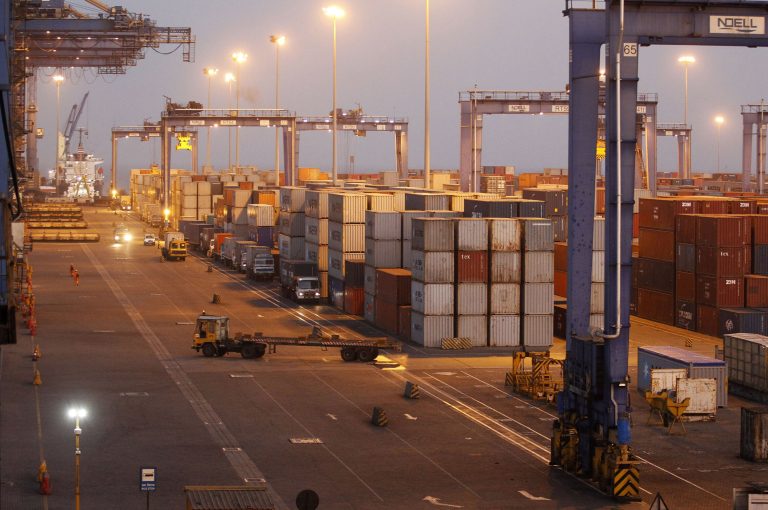By Vera Eckert and Tom Sims
FRANKFURT – Coal has made a comeback in Germany this year, as Europe’s largest economy turns to the dirty fuel to power it through an energy crisis.
More than a third (36.3%) of the electricity fed into the German power grids between July and September came from coal-fired power plants, compared with 31.9 percent in the third quarter of 2021, according to German statistics office Destatis.
Long demonized by Germany’s Green party, which leads some of the government’s top ministries, coal was set to be phased out by 2030, but Russia’s war with Ukraine and gas export curbs brought coal back into favor.
Coal-to-power generation output rose by 13.3% year-on-year to 42.9 terawatt hours (TWh) in the three months of July-September, during which overall German power output – at 118.1 TWh – lagged the same period in 2021 by 0.5 percent, Destatis said.
Success
You are now signed up for our newsletter
Success
Check your email to complete sign up
Gas generation rose slightly, despite high prices, as wind and hydropower output were low, and domestic nuclear output also fell in July-Sept.
The latter was because only three reactors remained online compared to six a year earlier as Germany exited from the technology following the Fukushima crisis.
(Graphic: Germany’s shift back to coal, https://www.reuters.com/graphics/SLUG-HERE/dwvkddeekpm/chart.png)
Under the threat of gas shortages, some coal plants that had closed or been left in reserve have re-entered the market in Europe this year, but in most countries, the amount was limited.
“Only in Germany, with 10 gigawatts (GW), is the reversal at a significant scale. This has increased coal power generation in the European Union, which is expected to remain at these higher levels for some time,” the IEA’s annual coal market report said.
Global coal consumption reached a record high of over 8 billion tonnes this year, with Germany one of the highest with a 19% rise, or 26 million tonnes, versus 2021, the IEA said.
Instead of shutting down 1.6 GW of lignite-fired power plants by the end of 2022 as planned, the German government has issued a waiver to allow production until March 2024.
Germany has created a “gas replacement reserve” with a total capacity of 11.6 GW. This includes 1.9 GW of lignite and 4.3 GW of hard coal power plants, which are allowed to return to the market until 2024, the IEA report said.
The decommissioning of 2.6 GW of hard coal power capacity and 1.2 GW of lignite capacity has been postponed.
Since Destatis started compiling statistics in 1990, 2022 will likely be the first that Germany will be a net exporter of electricity to France, not the other way round, it said.
(Graphic: German electricity imports, https://www.reuters.com/graphics/UKRAINE-CRISIS/byprllqbnpe/chart.png)
However, the IEA added that due to an expected ramp-up of electricity production from renewables and a recovery in French nuclear power availability, Germany should return to being a net importer of electricity in the next few years.
(Graphic: Renewable electricity sources in Germany, https://tmsnrt.rs/3PpB1V8)
Reporting by Vera Eckert and Tom Sims, editing by Nina Chestney and Barbara Lewis







